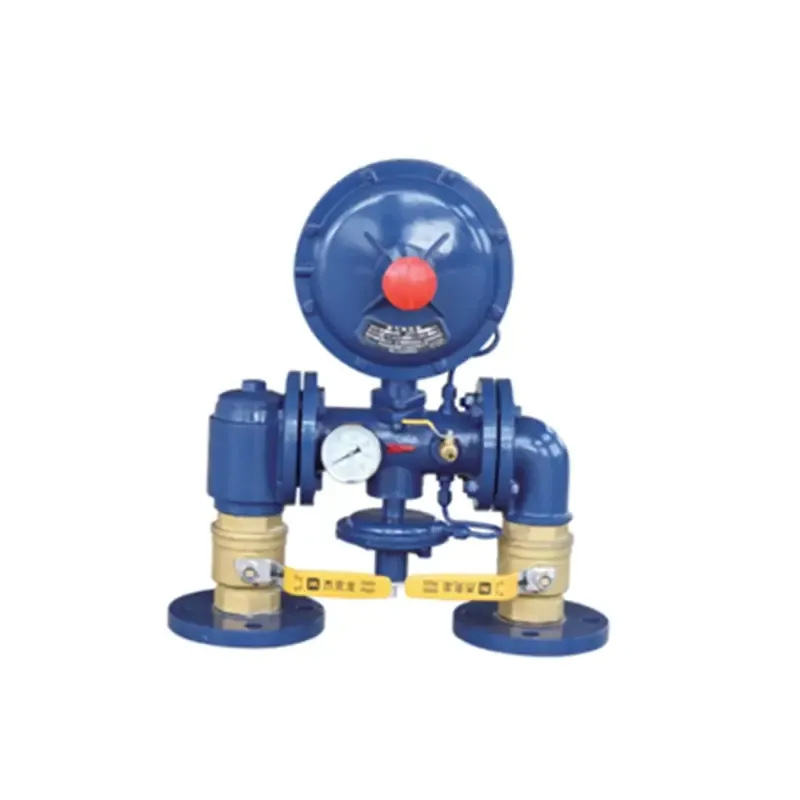
Oct . 10, 2024 22:44
Back to list
Electrical Valve System for Enhanced Control and Automation Solutions
The Electric Valve Revolutionizing Automation and Control
The electric valve is a critical component in modern automation systems, playing a vital role in various industries such as manufacturing, water treatment, and HVAC (Heating, Ventilation, and Air Conditioning). Understanding the significance of electric valves can help grasp their applications, advantages, and working principles.
What is an Electric Valve?
An electric valve is a device that uses an electric actuator to open or close the valve. It regulates the flow of fluids—liquids or gases—within a system, providing control over the process conditions. The actuator receives signals from a control system, allowing for precise adjustments in flow rates and pressures. Electric valves come in various designs, including ball, butterfly, gate, and globe valves, each serving specific purposes depending on the application.
Applications of Electric Valves
The diverse applications of electric valves span numerous sectors. In the water treatment industry, electric valves are integral for controlling water flow during purification processes. They contribute to the effective regulation of chemical dosing, ensuring that the correct amount of treatment is applied at all times.
In the HVAC sector, electric valves control the flow of air and refrigerants, ensuring optimal temperature and humidity levels within buildings. This capability enhances energy efficiency and comfort, making electric valves essential for modern climate control systems.
.
Advantages of Electric Valves
صمام كهربائي

Electric valves offer several advantages over traditional pneumatic or manual valves. First and foremost is precision. The ability to control the valve position electronically allows for accurate flow regulation, which is crucial in many applications, particularly those where specific pressure or flow rates must be maintained.
Moreover, electric valves enhance system efficiency and reduce energy consumption. By enabling precise control, they minimize unnecessary fluid movement and energy use, contributing to overall operational cost savings. This feature is notably significant in large-scale operations, where even small inefficiencies can lead to considerable financial losses.
Electric valves also provide ease of integration with modern control systems. With the advent of IoT (Internet of Things) technologies, electric valves can be monitored and controlled remotely, allowing for real-time adjustments and data collection. This capability not only enhances operational efficiency but also improves predictive maintenance strategies, reducing downtime and extending the lifespan of the equipment.
Working Principle
The working principle of an electric valve revolves around its actuator. Upon receiving a signal from a control unit—often a programmable logic controller (PLC) or a computerized monitoring system—the actuator changes the position of the valve. These actuators can be geared towards linear or rotary motion, depending on the type of valve.
For example, in a ball valve, the actuator rotates a ball within the valve body, allowing or blocking flow. Conversely, in a globe valve, the actuator moves a disc or plug linearly to control the flow. The choice of actuator type—whether electric, hydraulic, or pneumatic—depends on the required response time, force, and application specifics.
Conclusion
In conclusion, electric valves are indispensable components in the automation landscape, offering precise control, efficiency, and integration capabilities. Their diverse applications across various industries underscore their importance in maintaining effective fluid management systems. As technology continues to evolve, electric valves will undoubtedly play a crucial role in the future of automated processes, enabling smarter, more responsive systems that contribute to heightened operational efficiencies and sustainability. Whether in a manufacturing plant or a residential HVAC system, electric valves are steering the way forward in industrial and domestic automation.
Latest news
-
Safety Valve Spring-Loaded Design Overpressure ProtectionNewsJul.25,2025
-
Precision Voltage Regulator AC5 Accuracy Grade PerformanceNewsJul.25,2025
-
Natural Gas Pressure Regulating Skid Industrial Pipeline ApplicationsNewsJul.25,2025
-
Natural Gas Filter Stainless Steel Mesh Element DesignNewsJul.25,2025
-
Gas Pressure Regulator Valve Direct-Acting Spring-Loaded DesignNewsJul.25,2025
-
Decompression Equipment Multi-Stage Heat Exchange System DesignNewsJul.25,2025

